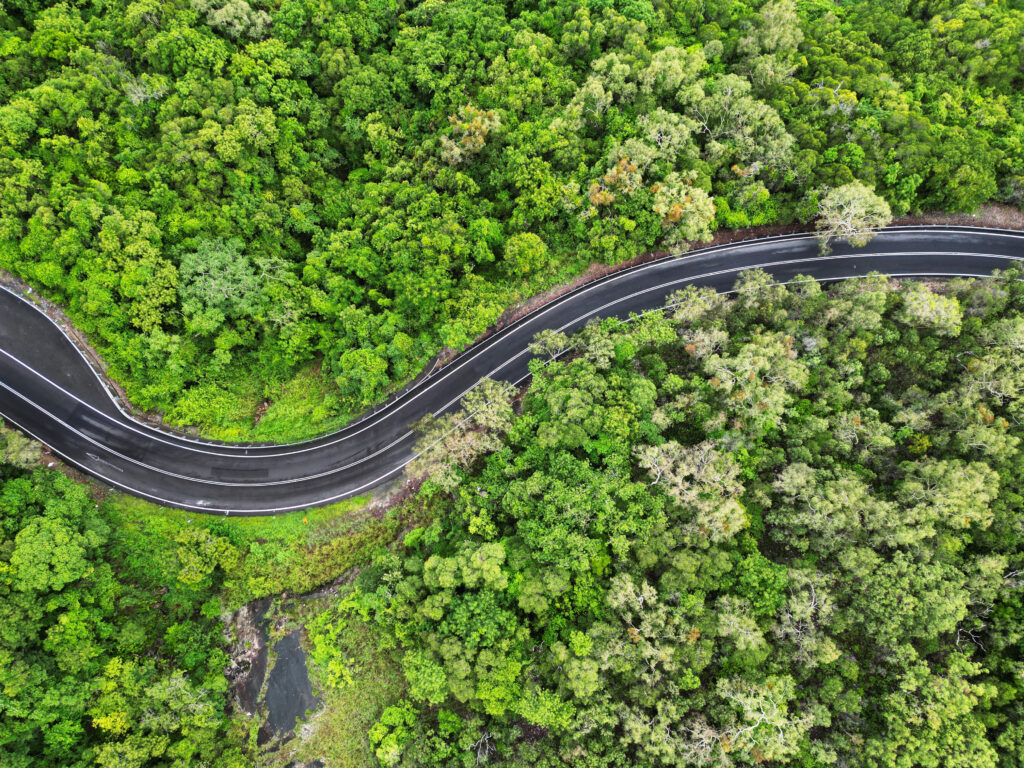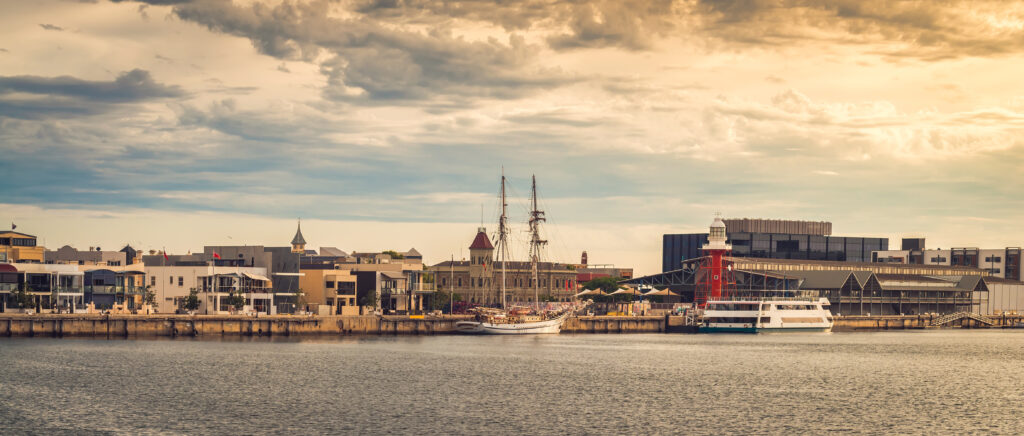Case Studies
- Home
- Case studies
As we learn from practical experience and through collaborative efforts, we are collecting and sharing insights as we go.
To support organisations navigating the different tools and methodologies available, members of the Resilient Futures Investment Roundtable explored examples of resilience valuation in practice. These case studies shed light on the suitability of existing tools and resources in different decision-making contexts, and demonstrate emerging approaches to resilient investment decision-making.
Rethinking Road Infrastructure Resilience in Queensland
Building on an earlier cost-benefit analysis of the Betterment Program, Queensland Reconstruction have partnered with the International Institute for Sustainable Development to develop a tool to quantify the socio-economic and environmental benefits of resilient road infrastructure. These tend to be overlooked in a traditional cost-benefit analysis that focusses on tangible financial impacts, and this analysis supports decisions on financing resilient and sustainable infrastructure. This aligns with Stage B, valuing co-benefits.

Establishing Partnerships for Resilience: Telecommunications Resilience Investment
Delivering telecommunications services before, during, and after extreme events is crucial for emergency services and affected communities. Building the resilience of telecommunications involves many organisations, including telecommunications providers and infrastructure managers. This case study explores setting up a cross-sectoral partnership to address the systemic challenges of managing disaster risk and enhancing the resilience of the telecommunications network. The work aligns with Stage C, valuing synergies, stacked benefits and adaptive capacities.

Johannesburg City Council use of SAVi assessment of disaster resilient urban planning
Johannesburg City Council used the Sustainable Asset Valuation (SAVi) tool to assess integrated with climate data to help choose a potential stormwater infrastructure solution to improve flood management in the Paterson Park Precinct, which has experienced heavy flooding. The process identified that an option which incorporated a nature-based solution with traditional grey stormwater infrastructure would generate the best social, environmental and economic outcomes. This aligns with Stage B, valuing co-benefits.

Queensland Reconstruction Authority's cost-benefit analysis of betterment projects
Betterment investments are made to build back infrastructure assets to a higher level of resilience after disasters. A cost-benefit analysis has demonstrated that avoided costs exceeded reconstruction and betterments costs faster than expected. At the Gayndah Water Supply Intake Station it is estimated that a $1.3 million investment in betterment in 2013 has so far avoided losses of over $10million. This aligns with Stage A, valuing avoided losses.

Enabling Resilience Investment (ERI) at Port Adelaide Enfield
CSIRO, Value Advisory Partners and the University of Adelaide have been collaborating with stakeholders in Port Adelaide Enfield since December 2020 to develop potential opportunities in delivering initiatives and investment cases (in this instance coastal protection infrastructure) which would create value and reduce climate and disaster risk in the Inner and Outer Harbour areas of Port Adelaide. This aligns with Stage C, valuing synergies, stacked benefits and adaptive capacities.

AustralianSuper's climate risk assessment for investment portfolio and assets
AustralianSuper uses a combination of top-down and bottom-up assessments to understand the physical climate change risks to individual assets and across the entire portfolio of investments. This aligns with Stage A, valuing avoided losses.

